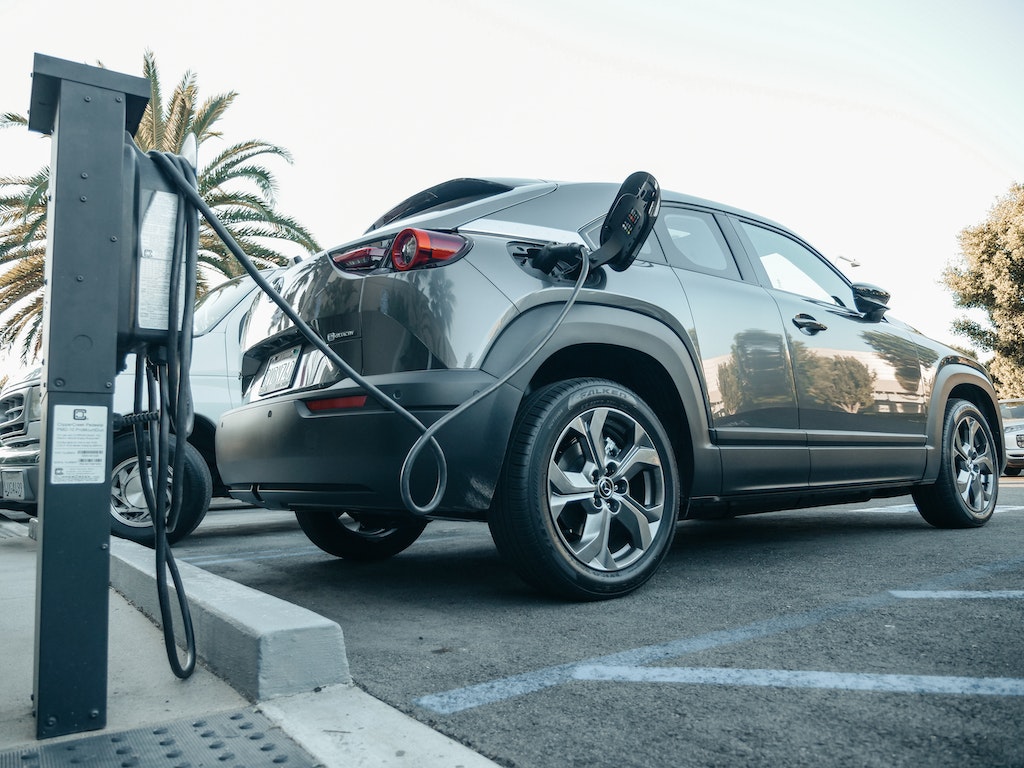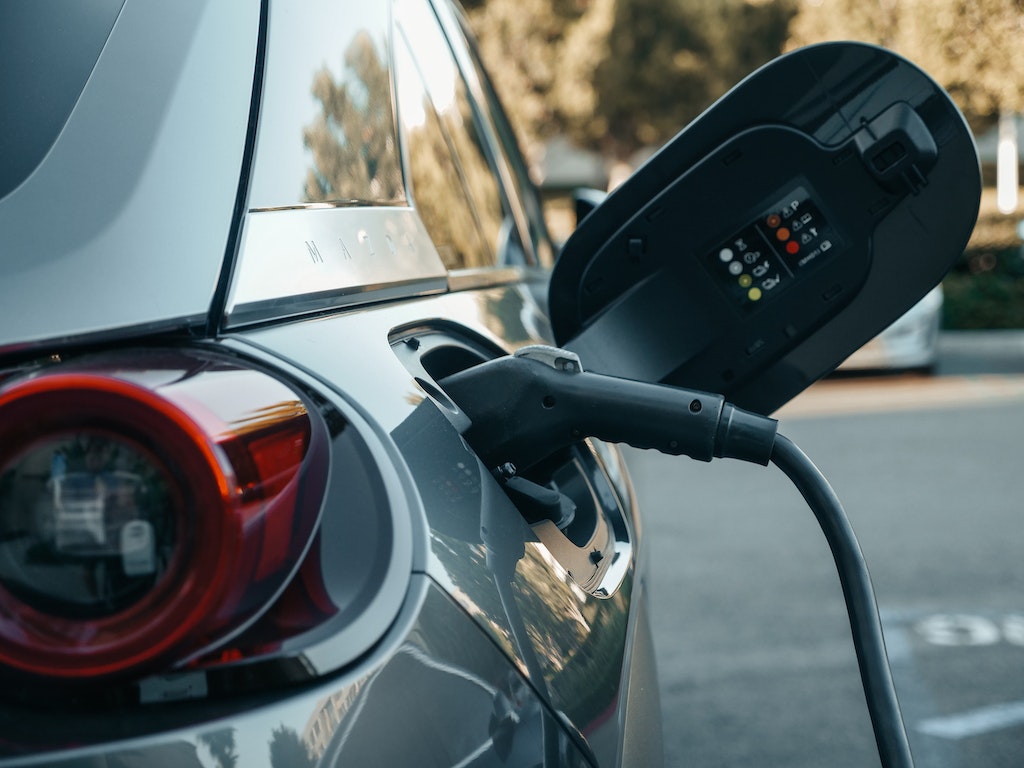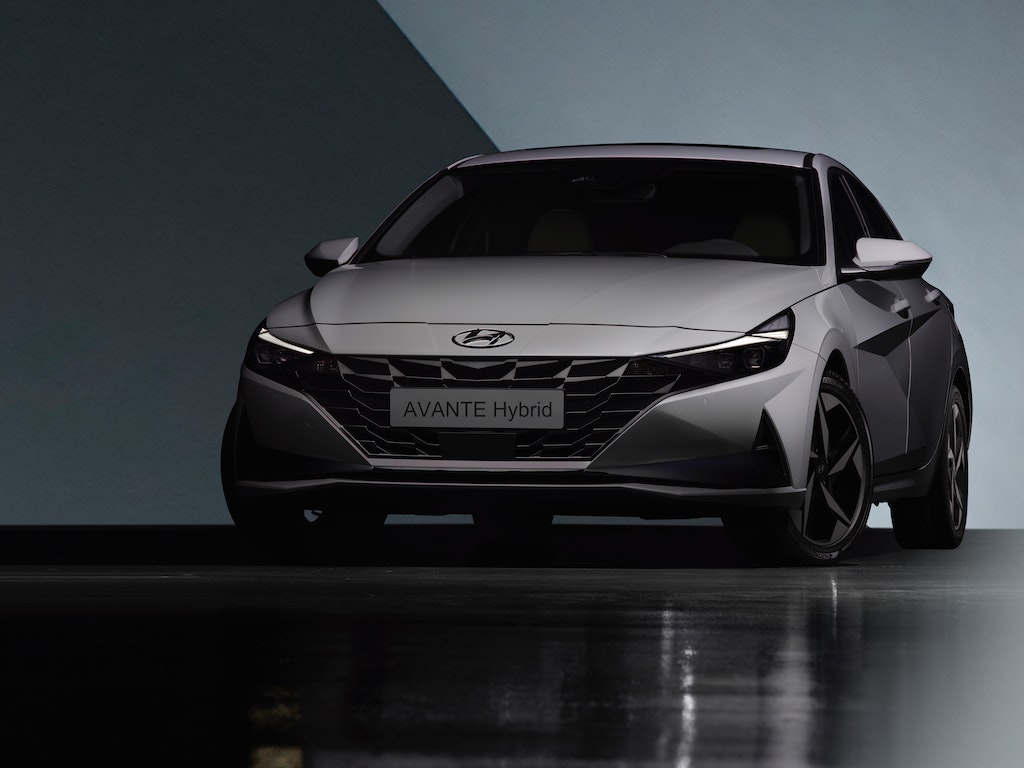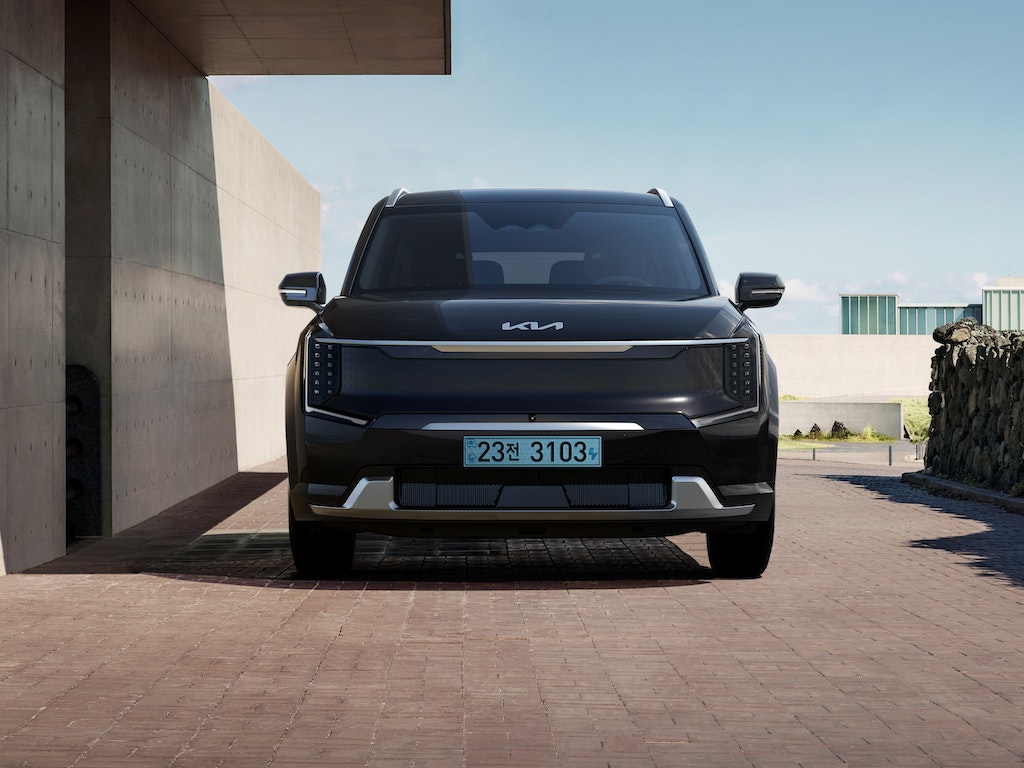
As the automotive landscape shifts towards electric vehicles (EVs), making the switch from traditional gasoline cars requires thoughtful consideration. With numerous benefits and evolving technology, switching to an electric vehicle can be a game-changer. However, before making your purchase, there are three crucial factors to take into account. This guide simplifies the decision-making process, ensuring you’re well-prepared for the electric transition.
Consider the Range
To begin, think about the range of an EV – how far it can travel before requiring a recharge. Fortunately, newer models usually offer an average range of 200 miles or even more. Jot down the distances for your daily commute, leisure trips, errands, and vacations to understand your actual mileage requirements. When you start browsing, you’ll find specifications that show the estimated range of different vehicles.
Evaluate Charging Options
Considering charging is also vital. Unlike gas stations that are widely available, EV charging takes time and isn’t as common. If you have a garage or driveway, setting up a home charger enhances your EV ownership. This way, you can drive throughout the day, come back home in the evening, and easily plug in your car, similar to charging your phone. The next morning, you’re ready to go with a full “tank” of energy! Having a home charging solution can greatly simplify your EV routine and ensure you’re always prepared for your journeys.
Certain EVs can be charged using a regular household wall outlet (110 volts, also known as Level 1 charging). However, this method can take a significant amount of time. To ensure an overnight full charge for your electric car, it’s recommended to set up a Level 2 charging station at home (208-240 volts). If you’re in a rental property, check for on-site charging stations or find nearby options.
For those who can’t install a home charging unit, public charging is available, but it can be more expensive than home charging. Look out for charging stations during your commute or use apps like PlugShare to locate them. Level 3, also known as DC fast chargers, can provide an 80% charge in less than an hour for most electric cars. This offers a quick and convenient option for topping up your EV’s battery.
Financial Considerations
While EVs offer long-term savings on fuel and maintenance, upfront costs can be higher than traditional vehicles. Research federal and state incentives, tax credits, and rebates that can significantly reduce the purchase price. Factor in potential savings on fuel costs, reduced maintenance needs, and available warranties. Evaluate the total cost of ownership to determine if the financial benefits align with your budget.
In conclusion, transitioning to an electric vehicle requires careful assessment and planning. Consider your charging needs, evaluate the range and battery life, compare charging times and speeds, and analyze the financial implications. By addressing these key factors, you can confidently embrace the world of electric vehicles and make a purchase that aligns with your lifestyle and budget. As the EV market continues to evolve, being informed empowers you to make a decision that’s both environmentally conscious and advantageous for your daily driving needs.













